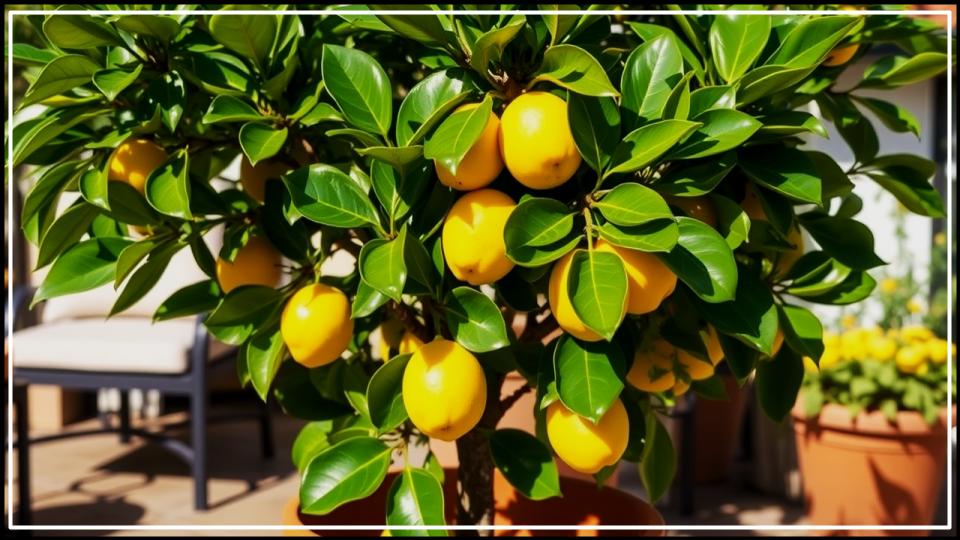
There is nothing quite so rewarding as stepping into your garden to pluck a sun-warmed, fragrant lemon from your very own tree. It’s a simple luxury that brings a touch of Mediterranean sunshine to our homes and kitchens. But the health and productivity of that cherished tree depend on more than just sun and water; it relies on good neighbors. The concept of companion planting is a celebrated garden strategy, yet the wrong companions can spell disaster. Understanding Plants That Will Ruin Your Lemon Tree’s Health is one of the most crucial, yet often overlooked, aspects of citrus care. This guide will walk you through the specific plants that can undermine your tree’s health, helping you avoid a costly and heartbreaking error.
Key Takeaways
- Avoid Allelopaths: Steer clear of plants like Black Walnut and Fennel that release growth-inhibiting chemicals into the soil.
- Mind the Roots: Aggressively spreading plants, particularly mint, will outcompete your lemon tree for essential water and nutrients.
- Prevent Pest & Disease Bridges: Certain vegetables, like potatoes, can host diseases such as root rot, which is devastating to citrus.
- Beware of Heavy Feeders: Don’t plant nutrient-hungry crops like corn or cabbage too close, as they will steal the nitrogen your lemon tree needs to thrive.
- Space is Everything: Always respect your lemon tree’s drip line, giving its shallow roots undisputed territory.
Why Garden Neighbors Matter: The Science of Companion Planting
In the world of gardening, “companion planting” is a term we hear often. At its best, it’s a beautiful symbiosis where different species support one another by deterring pests, attracting pollinators, or improving the soil. However, the opposite is also true. A poor pairing can lead to a silent battle beneath the soil’s surface, a phenomenon I’ve seen time and again in gardens I’ve consulted on. This negative interaction often comes down to three key issues:
- Allelopathy: This is a biological phenomenon where one plant releases biochemicals (called allelochemicals) into the environment that inhibit the germination or growth of another. It’s a form of natural chemical warfare.
- Resource Competition: Lemon trees have shallow, fibrous root systems that are excellent at soaking up surface water and nutrients. Planting other vigorous, shallow-rooted plants nearby creates direct competition for these finite resources.
- Pest and Disease Magnets: Some plants are particularly susceptible to pests (like aphids and mites) or fungal diseases that can easily spread to your vulnerable lemon tree.
Understanding these principles is the first step to creating a garden where your citrus doesn’t just survive, but truly flourishes.
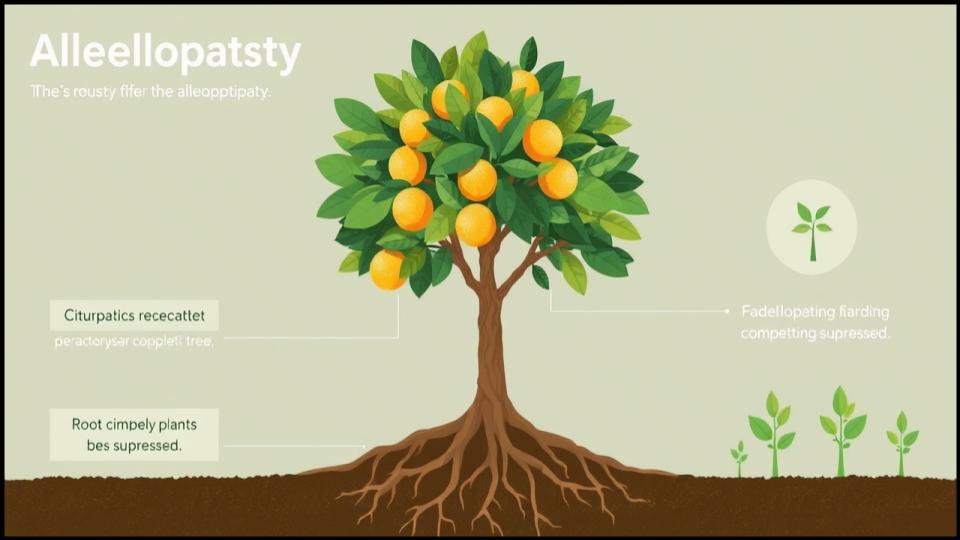
The 8 Plants to Keep Away From Your Lemon Tree
Navigating the complexities of companion planting for citrus means knowing the culprits to avoid. Here are eight plants that should never share soil with your lemon tree.
1. Black Walnut (Juglans nigra)
The Black Walnut is the most notorious example of an allelopathic plant. It produces a powerful chemical called juglone, which is exuded from its roots, leaves, and decaying hulls. According to horticultural experts at the University of Wisconsin Extension, juglone is highly toxic to a wide range of plants, including citrus. It can cause yellowing leaves, wilting, and ultimately, the death of your lemon tree. Even a neighboring yard’s tree can impact your soil, as the toxic zone can extend 50 feet or more from the trunk.
- Expert Tip: If a Black Walnut is nearby, your best option is to grow your lemon tree in a large container with fresh, high-quality potting mix to isolate its roots from the contaminated soil.
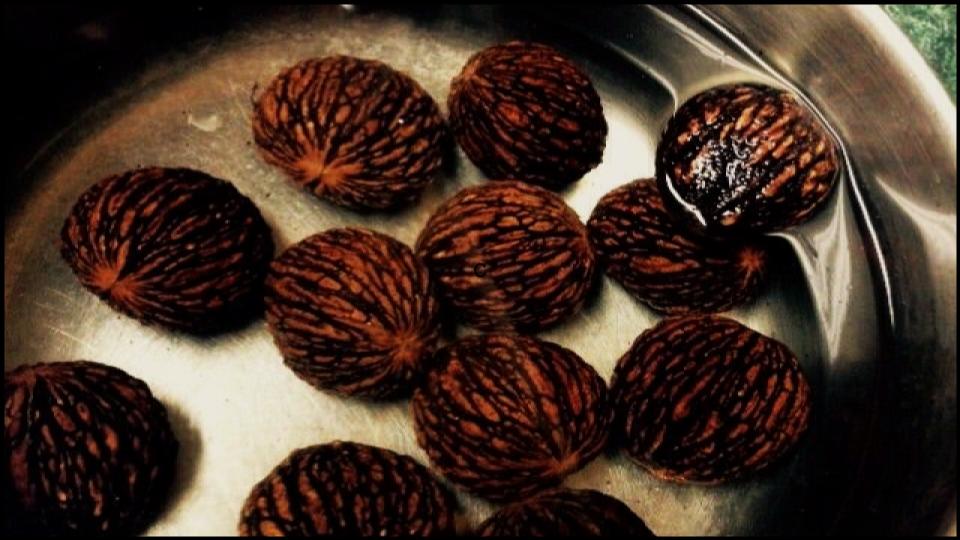
2. Fennel (Foeniculum vulgare)
With its feathery fronds and anise-like flavor, fennel is a favorite in many culinary gardens. However, it is a known allelopath that releases compounds that can severely stunt the growth of many plants, including lemons. In my own garden, I’ve observed that plants near a patch of fennel often seem less vigorous. For a lemon tree that requires every advantage, planting fennel nearby is a risk not worth taking.
- What to Do Instead: Keep fennel potted and placed at a distance, or plant it in a dedicated herb garden far from your citrus trees.
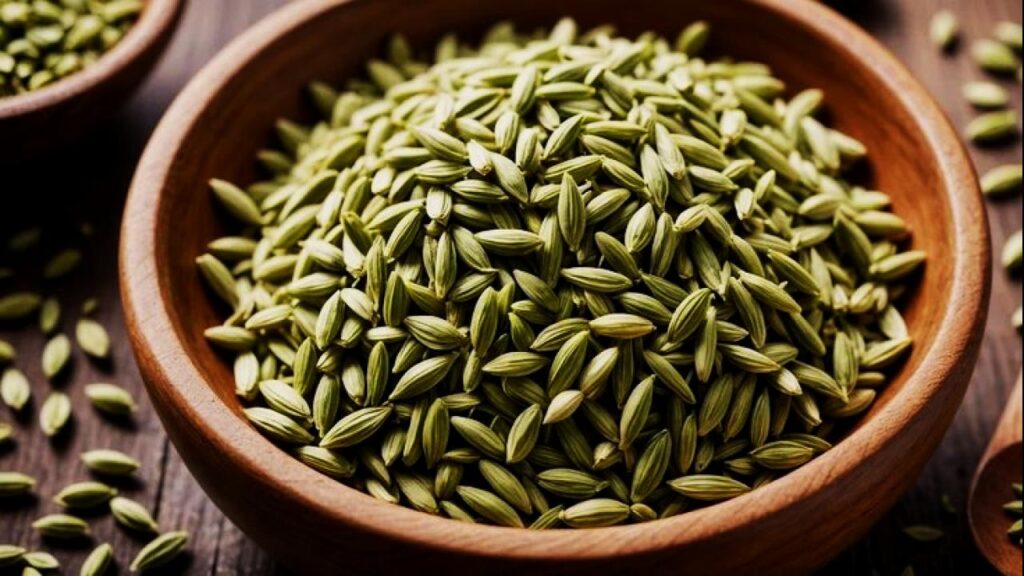
3. Potatoes (Solanum tuberosum)
This one may come as a surprise. The primary issue with potatoes is not just that they are heavy feeders, but that they can host and promote devastating fungal diseases. Specifically, potatoes are susceptible to blight and root rot caused by Phytophthora pathogens. According to the University of California’s Integrated Pest Management Program, Phytophthora is one of the most serious soil-borne diseases affecting citrus trees, causing root decay, decline, and death. Planting potatoes nearby creates a potential disease reservoir you want to avoid at all costs.
- Expert Tip: The disturbance required to harvest root vegetables can also damage the lemon tree’s sensitive, shallow roots. Keep all root crops well outside the tree’s drip line.
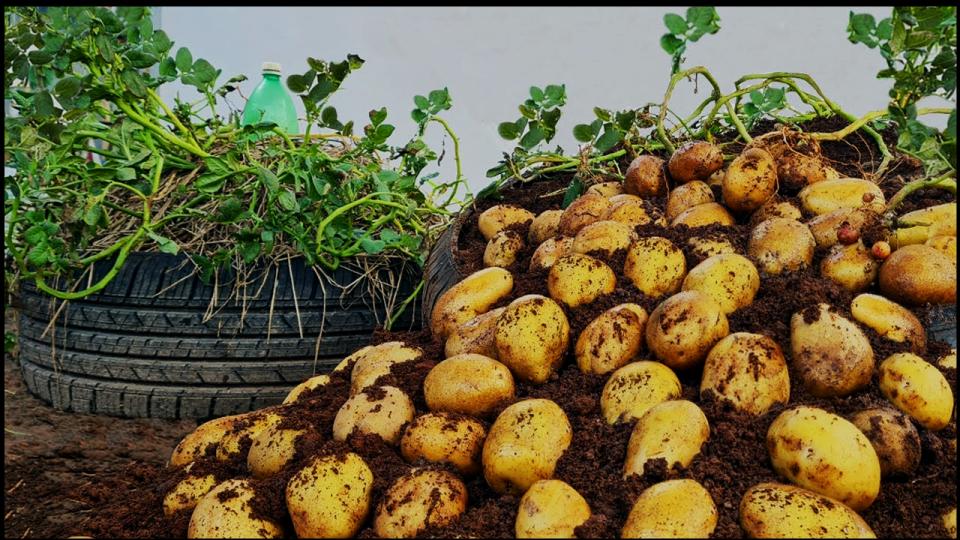
4. Mint (Mentha spp.)
Anyone who has ever grown mint knows its incredible vigor. Its aggressive, spreading rhizomes (underground stems) will quickly colonize any available space. This makes mint a formidable competitor for the surface-level water and nutrients your lemon tree relies on. While it smells wonderful, its roots will happily invade your lemon tree’s territory and choke out its ability to feed itself effectively Plants That Will Ruin Your Lemon Tree’s Health.
- What to Do Instead: If you love fresh mint, grow it in a container. I always tell gardeners to “quarantine your mint”—it’s the only way to keep it from taking over.
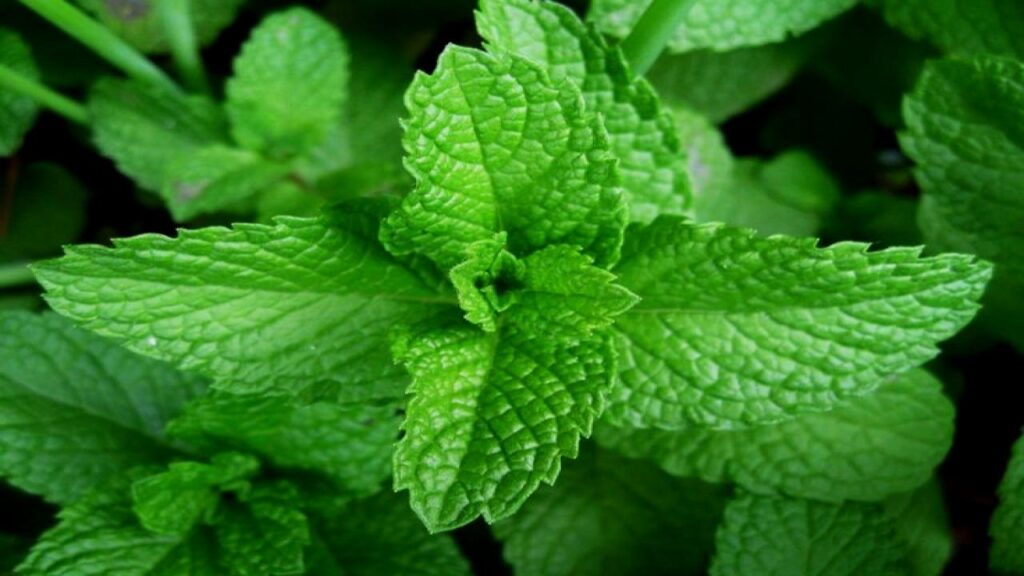
5. Corn (Zea mays)
Corn is a notoriously heavy feeder, especially of nitrogen. This is a direct conflict, as lemon trees are also heavy feeders that require ample nitrogen for lush foliage and fruit development. Planting corn nearby will result in a fierce competition for this vital nutrient, likely leaving your lemon tree with yellowed leaves (chlorosis) and reduced fruit production.
- Expert Tip: A common mistake I see is underestimating the nutrient needs of both vegetables and fruit trees. Always give a heavy feeder like a lemon tree its own dedicated feeding schedule without nearby competition.
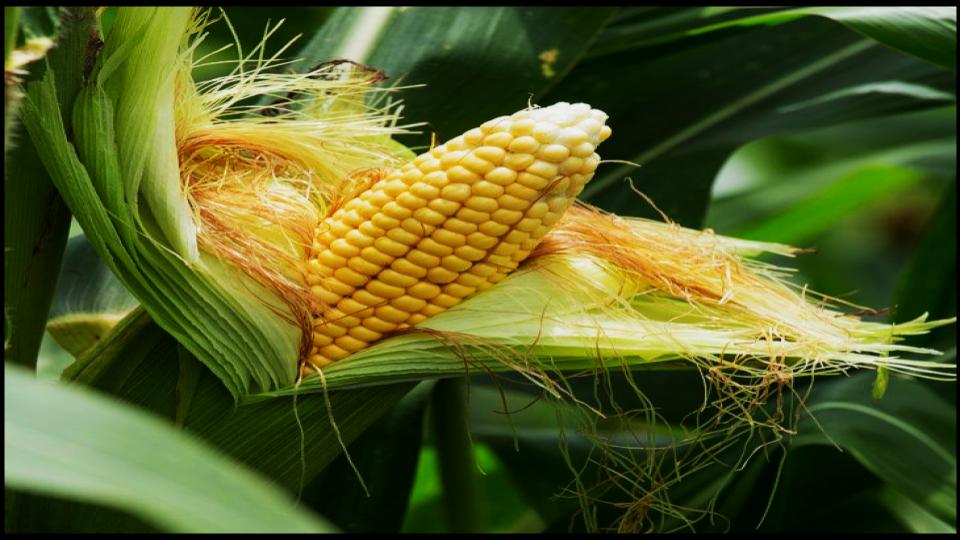
6. Rosemary (Salvia rosmarinus)
Rosemary is often recommended for dry, Mediterranean-style gardens, which seems like a good fit for citrus. However, their needs are deceivingly different. Mature rosemary develops a dense, woody root system and thrives in dry, lean soil. A productive lemon tree, on the other hand, needs consistent moisture and richer soil. Watering your lemon tree sufficiently will likely create conditions that are too wet for rosemary, risking root rot for the herb, while letting the soil dry out for the rosemary will stress your thirsty lemon tree.
- What to Do Instead: Plant rosemary with other drought-tolerant perennials like lavender and sage, and give your lemon tree companions that appreciate similar moisture levels, like nasturtiums or strawberries.
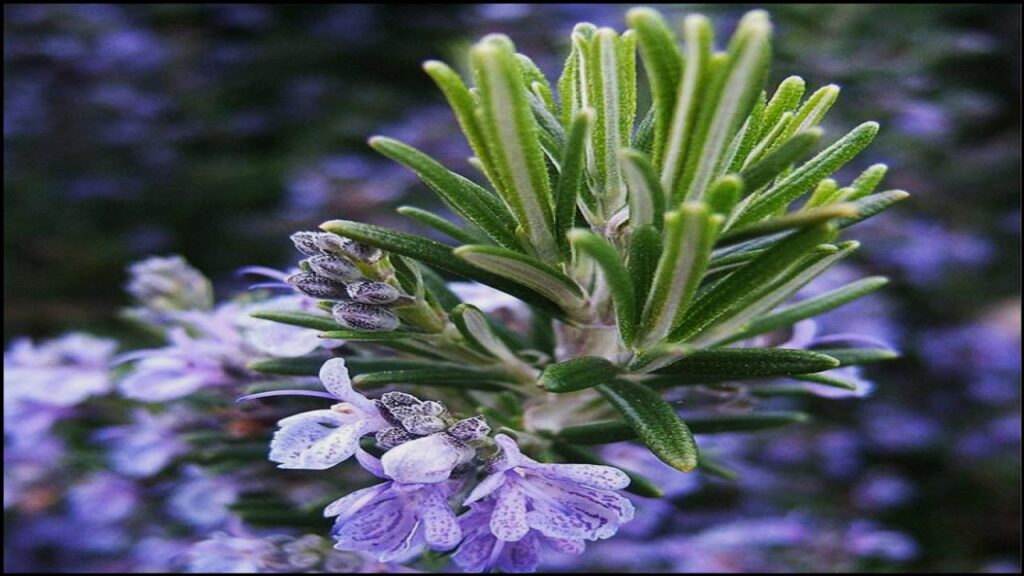
7. Most Brassicas (Cabbage, Broccoli, Cauliflower, Kale)
The cabbage family is another group of heavy feeders. They require significant amounts of nutrients to produce their dense heads and leaves, putting them in direct competition with your lemon tree. Furthermore, they can attract pests like cabbage worms and aphids, which can easily migrate to your citrus tree, adding another layer of stress. This is a clear case of plants that harm citrus trees through both competition and pest pressure.
- Expert Tip: If you wish to plant brassicas, ensure they are in a separate garden bed where you can amend the soil specifically for their needs without impacting your fruit trees.
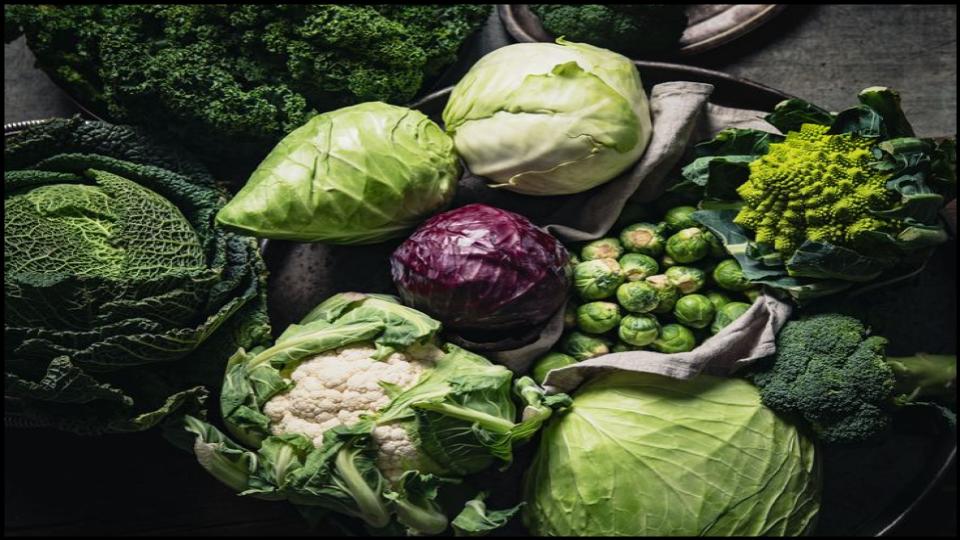
8. Sorghum or Sudan Grass (Sorghum spp.)
While more common in agricultural settings or as a cover crop, some gardeners use sorghum for ornamental purposes or to improve soil structure. However, it is one of the most potently allelopathic plants available, releasing chemicals that can severely inhibit the growth of a wide range of broadleaf plants, including fruit trees. Unless you are using it in a targeted way far from your orchard, it should be avoided entirely.
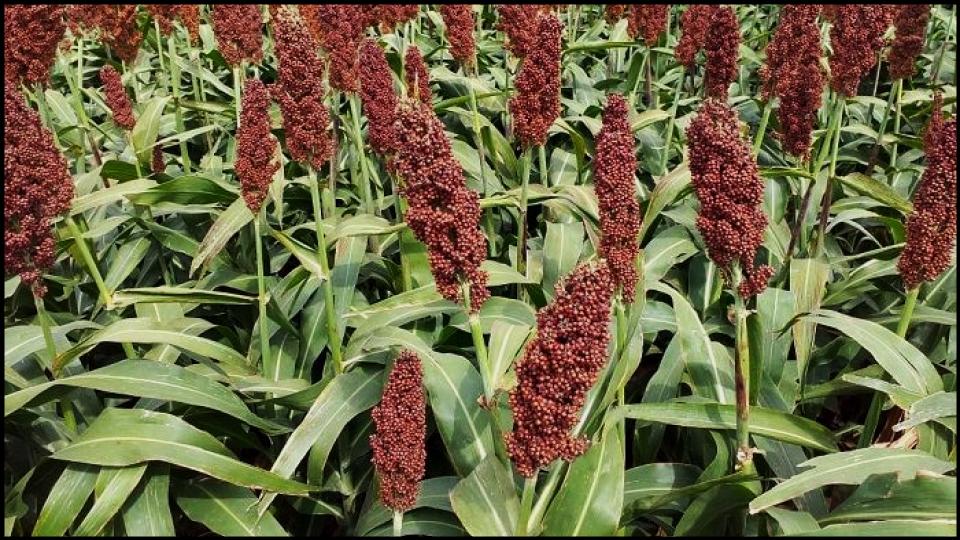
Creating a Thriving Lemon Tree Oasis
Now that you know what to avoid, focus on creating the perfect environment. The most important rule is to respect the tree’s drip line—the area on the ground directly beneath its outermost leaves. This zone should be kept free of competing plants. Instead, apply a generous 2–3-inch layer of organic mulch (like compost or fine wood bark), keeping it a few inches away from the trunk itself. This will conserve moisture, suppress weeds, and enrich the soil as it breaks down.
For beneficial companions, Plants That Will Ruin Your Lemon Tree’s Health choose shallow-rooted plants that attract pollinators and deter pests. Good choices to plant outside the drip line include:
- Marigolds and Nasturtiums: Known to deter pests.
- Sweet Alyssum: Attracts hoverflies, which prey on aphids.
- Legumes (Peas, Beans): Fix nitrogen in the soil, providing a gentle, natural fertilizer boost.
Mindful Gardening
Your garden is a dynamic community where every plant plays a role. By being a mindful curator of that community, you do more than just avoid problems—you actively create an environment where your treasured lemon tree can thrive. The reward for this thoughtful planning will be years of healthy growth and the simple, profound joy of a bountiful, sun-ripened harvest
Read More
These 15 Garden Water Features Will Make You Fall in Love with Your Garden Again
